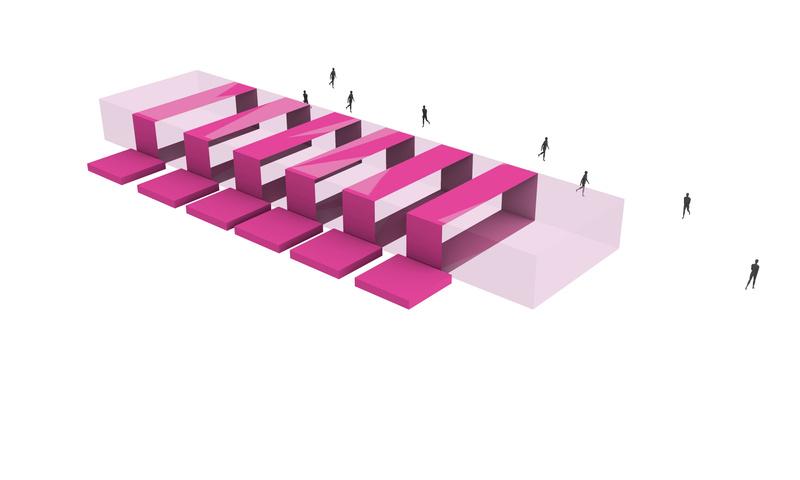Neighbourhoods in Flux:
Harnessing temporality and flexibility in urban spacemaking

Neighbourhoods in Flux:
Harnessing temporality and flexibility in urban spacemaking
The urban landscape is continually evolving, marked by its perpetual state of flux and dynamism. Within this intricate urban fabric, dense neighborhoods often bear the brunt of relentless expansion and development, frequently at the expense of existing spaces that remain underutilized and overlooked. The architectural thesis, "Re-imagining Neighborhoods: Harnessing Temporality and Flexibility in Neighborhood Spacemaking," is a profound exploration of an alternative approach to urban revitalization. This thesis posits that the inexhaustible quest for ceaseless construction can be tempered by optimizing existing spaces, imbued with latent potential, to their fullest functionality. Instead of an unremitting pursuit of new construction, a shift towards strategically activating underutilized spaces within dense urban fabrics offers a sustainable and holistic solution for enhancing the quality of urban life. By revitalizing these spaces, we aim to create environments that are not only aesthetically pleasing but also intrinsically responsive to the dynamic needs and aspirations of the community they serve.
Central to this transformative vision is the incorporation of temporality and modularity as fundamental design principles. These principles infuse adaptability and versatility into the urban interventions, allowing these spaces to evolve with the ever-changing dynamics of their surroundings. By embracing temporality, we empower these spaces to serve multiple stakeholders and purposes, thereby maximizing their utility and impact.
Extrating quotes from the readings to understand the concepts in brief
1. "The ephemeral city is not a city of permanence, but rather a city of impermanence, of constant change and flux."
This quote highlights the key characteristic of ephemeral urbanism, which is its transient nature. Ephemeral cities are constantly changing and evolving, as opposed to traditional cities, which are often seen as permanent and unchanging.
2. "Ephemeral urbanism is often associated with informal settlements, but it can also be found in more formal contexts."
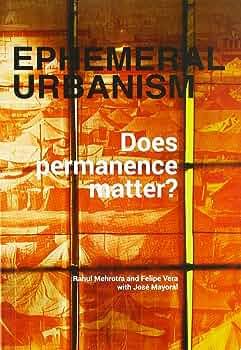
This quote shows that ephemeral urbanism is not limited to informal settlements. It can also be found in more formal contexts, such as temporary art installations or pop-up shops.
3. "Ephemeral urbanism can be seen as a response to the rapid pace of change in the 21st century."
This quote suggests that ephemeral urbanism is a way of coping with the everchanging world By embracing impermanence, ephemeral cities are able to adapt to change more easily than traditional cities.
4. "Ephemeral urbanism can also be seen as a way to experiment with new forms of urbanism."
This quote shows that ephemeral urbanism can be used to test out new ideas about how cities can be designed and organized. This can be beneficial for both developers and residents, as it allows them to learn from their mistakes and make improvements over time.
5. "Ultimately, the question of whether or not permanence matters in urbanism is a complex one."
This quote leaves the question open-ended, suggesting that there is no easy answer. Ultimately, the value of permanence in urbanism is a matter of opinion.
Extrating quotes from the readings to understand the concepts in brief
1. "The realization of art in everyday life is the most outstanding manifestation of the revolutionary vision of the Situationists." In this quote, Debord emphasizes the importance of integrating art and creativity into everyday life as a means of achieving a revolutionary transformation of society. The Situationists believed that art should not be confined to galleries but should be part of the fabric of daily existence.
2."We are bored in the city, there is no longer any Temple of the Sun."
Debord laments the alienation and monotony of urban life, suggesting that modern cities lack the vibrant, communal spaces and experiences that can provide meaning and excitement to individuals. This reflects the Situationist critique of urban alienation and consumer culture.
3."We have invented a new kind of revolutionary theory, one that is possible only in an age rich with the detritus of a century of artistic and political avant-gardes."
Debord acknowledges the historical context in which the Situationists emerged, drawing on the intellectual and artistic innovations of the 20th century He highlights the importance of this context in shaping their unique approach to revolutionary theory and practice.
4."The society based on modern industry is not accidentally or superficially spectacular, it is fundamentally spectaclist."
Debord introduces the concept of the "spectacle," which refers to the pervasive and manipulative nature of mass media, advertising, and consumer culture in contemporary society He argues that the spectacle is not a superficial aspect of society but is deeply ingrained in its structure.
5."We must undertake a total critique of the entire cultural and technical inheritance of humanity, a critique that must be ruthless, both in the sense of not being afraid of its conclusions and in the sense of being just as little afraid of conflict with the existing social order."
Debord calls for a comprehensive critique of culture and technology, urging a fearless examination of the established norms and systems. He emphasizes the need for radical change and confrontation with the prevailing social order as a fundamental aspect of the Situationist project
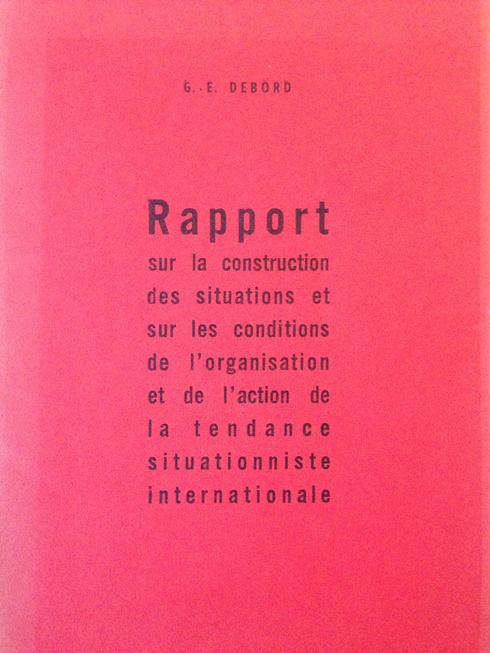

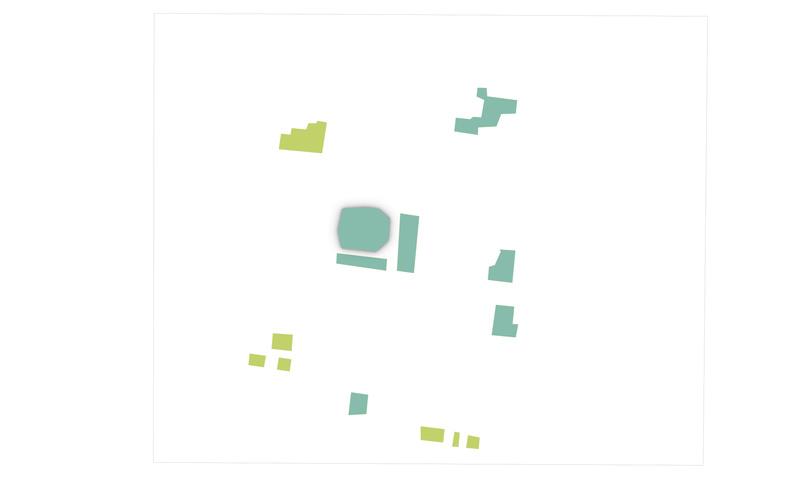
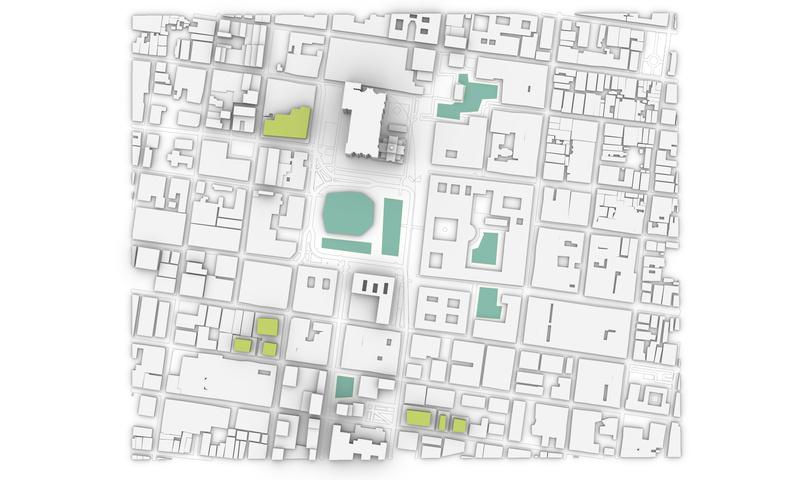
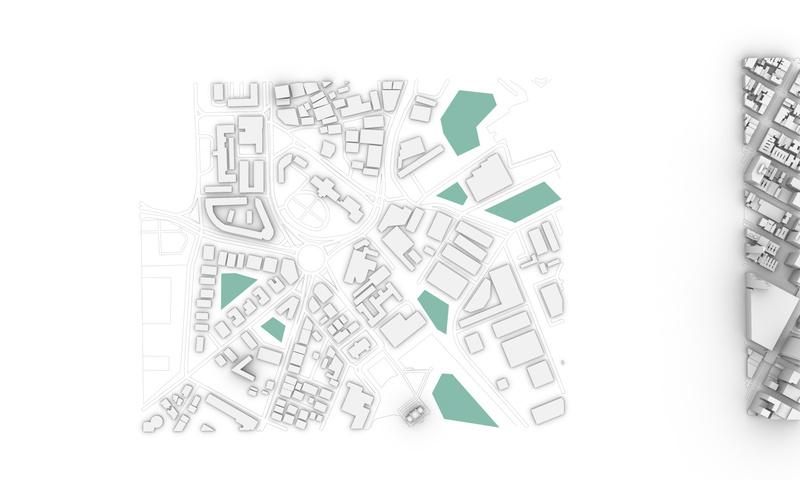



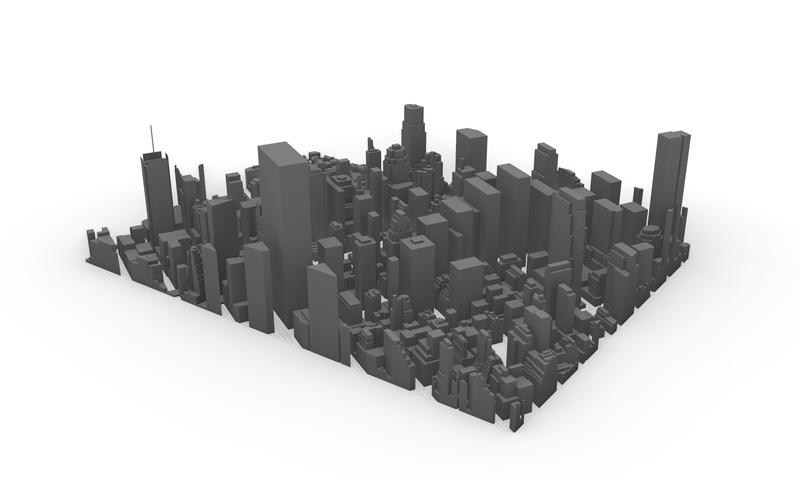
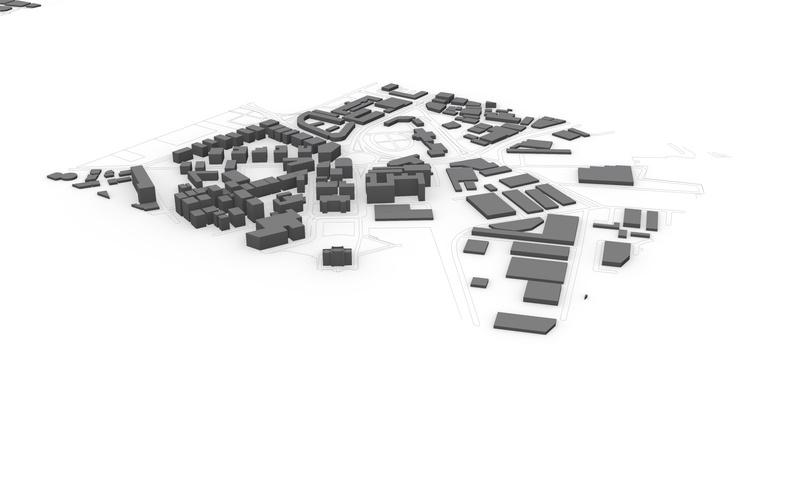
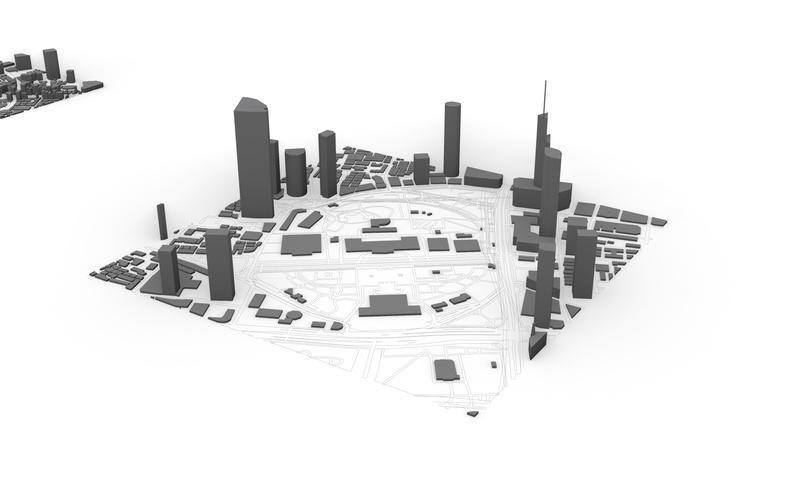
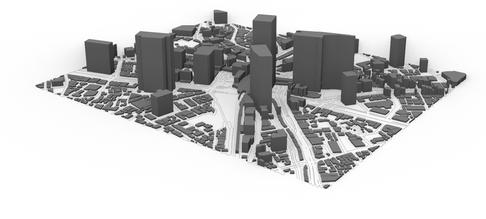
Studies of 1 sq km of the world’s busiest city fabrics as a part of a preliminary brainstorming process
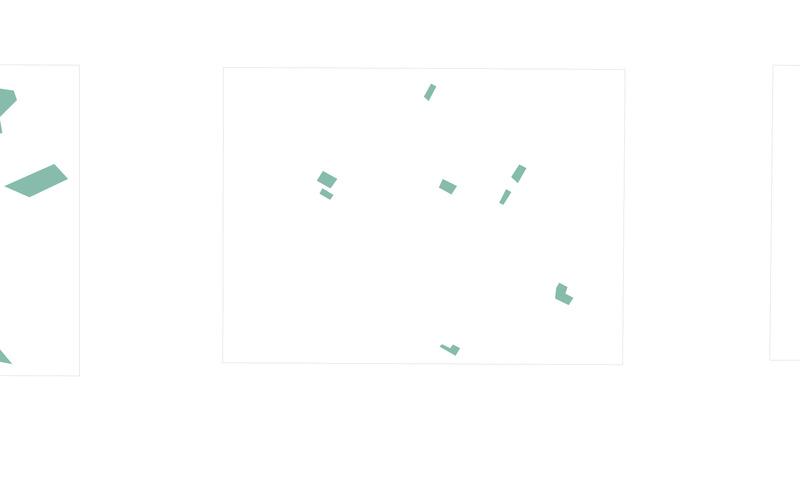
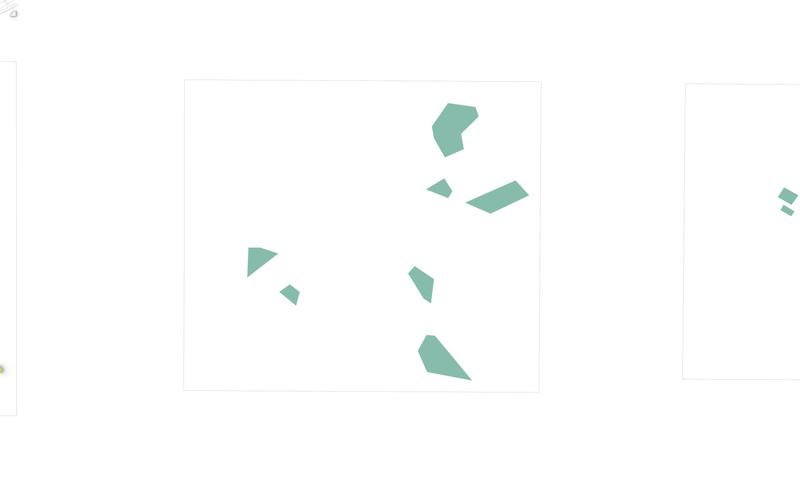

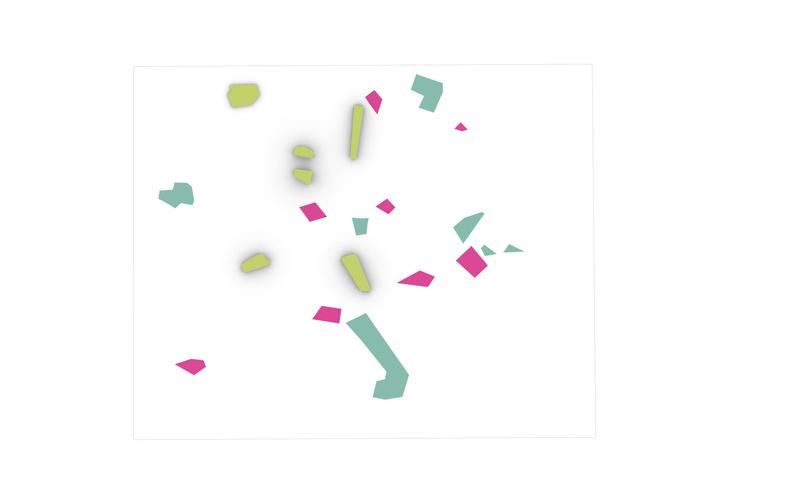
Different dense fabrics, when examined with the perspective of possiblities- to either intervene or to introduce something new; reveal that these pockets of spaces that one tries to carve out form a considerable amount of space- with immense potential
TIMES SQUARE, NEW YORK SHIBUYA CROSSING, TOKYO PEOPLE’S SQUARE, SHANGHAI COLABA CAUSEWAY, MUMBAI ZOCALO SQUARE, MEXICO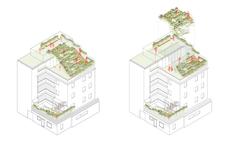
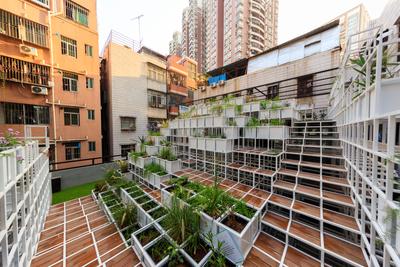
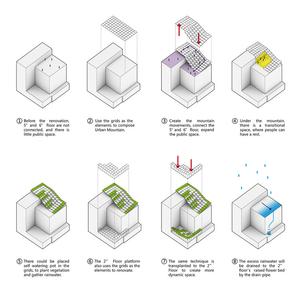
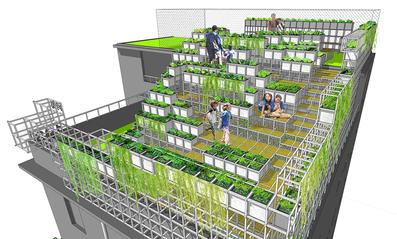
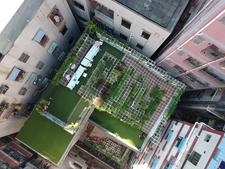
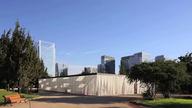


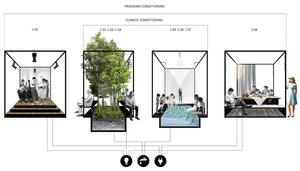

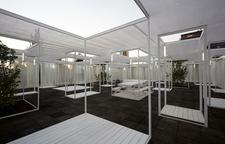

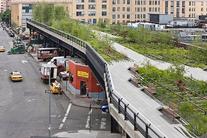
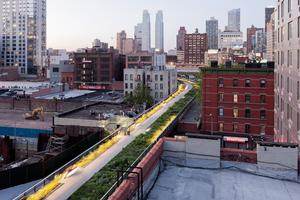
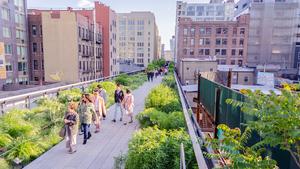
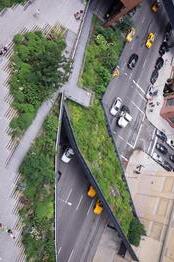
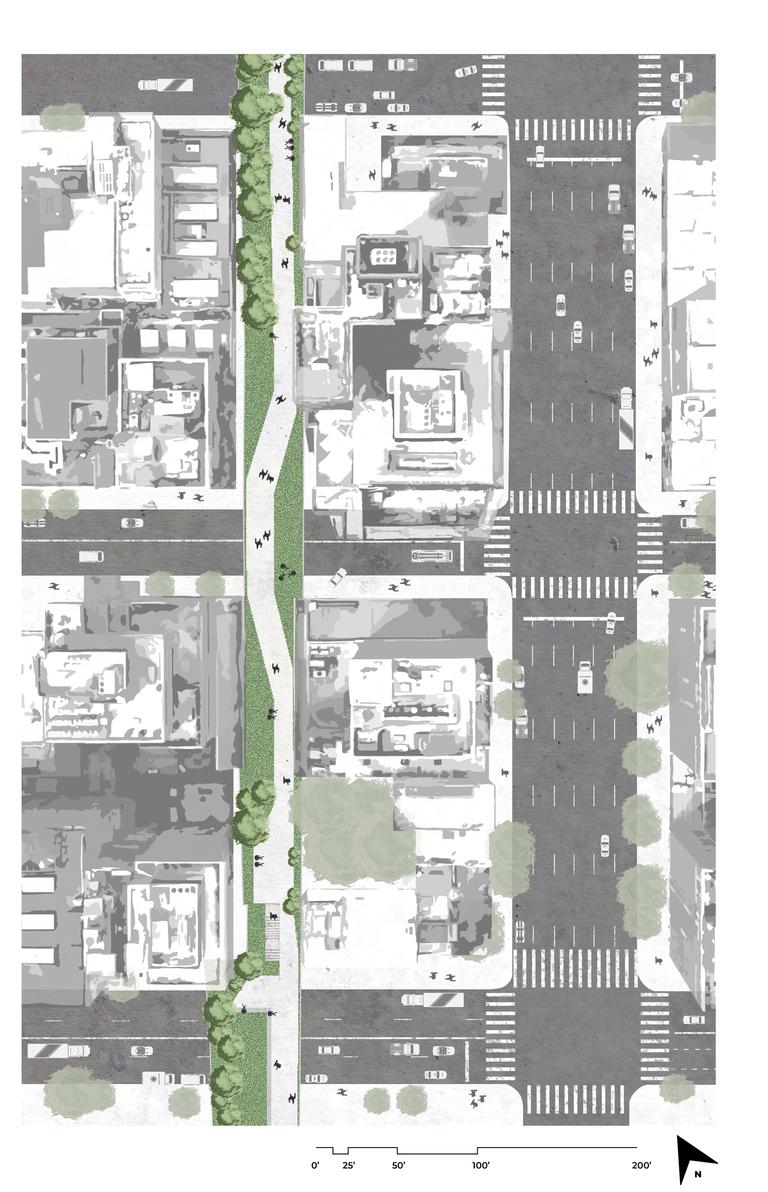
Crisis/requisites
Neighborhood Impact:aroundandwithin
varied,mostlyresidential revampingunusedspaces,interactivity
urbaninteraction,multi-usage
Project,typology Domeofvisions,copenhagen citycentre,busyfabric
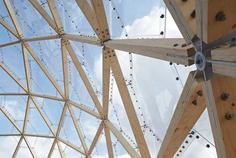
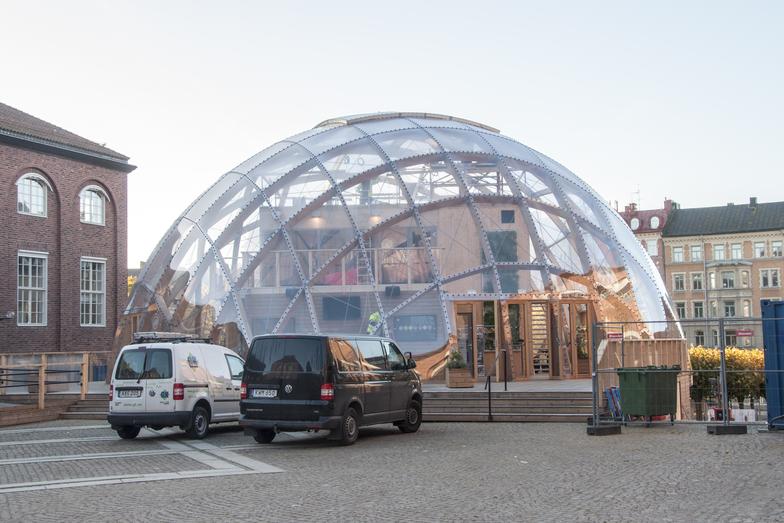
Crisis/requisites
cateringtodifferenturbansolutions
346sqm
temporarymulti-usepavilion Neighborhood Impact:aroundandwithin
culturalinteractivity,multi-useurbanenvironments
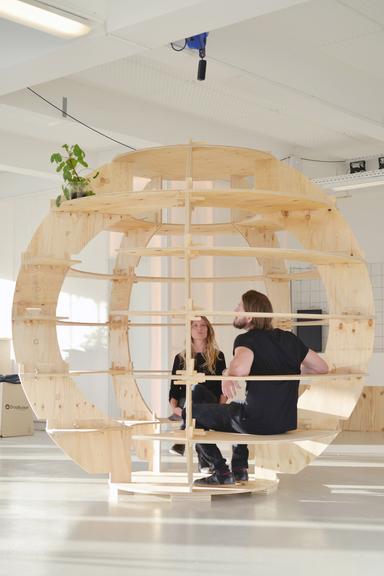
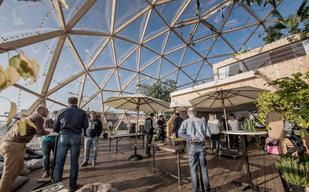
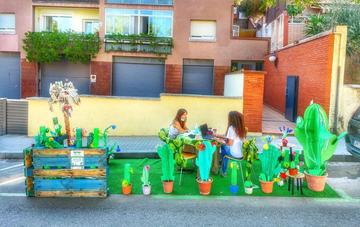
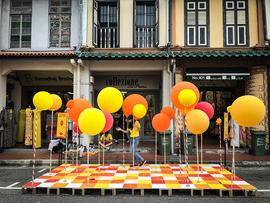
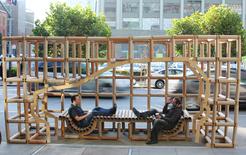

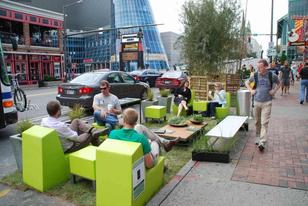
Project,typology TheGrowroom
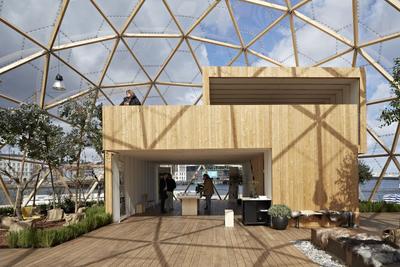
urbanfarm-pavilion
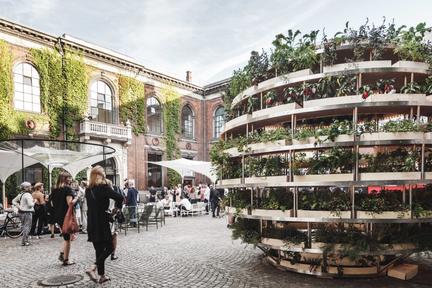

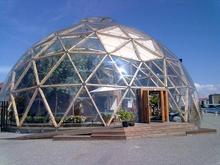
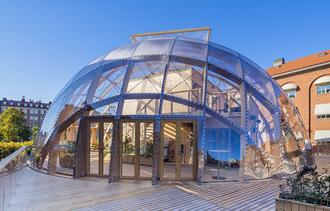
7-10sqm
Residential,highrise,openspaces
Crisis/requisites
Neighborhood Impact:aroundandwithin
bringingbacknaturetocities
greenspace,interactivity,spaceusage
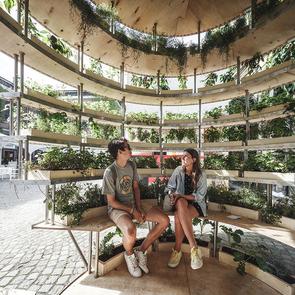
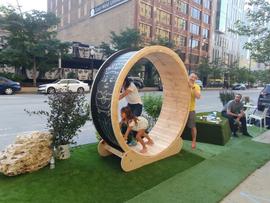
Crisis/requisites raisingawareness,cateringpublicprograms
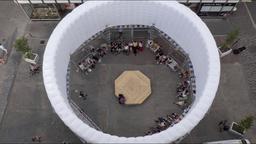

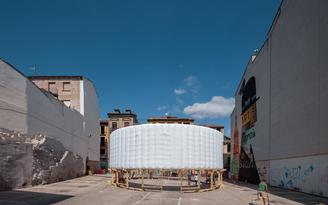


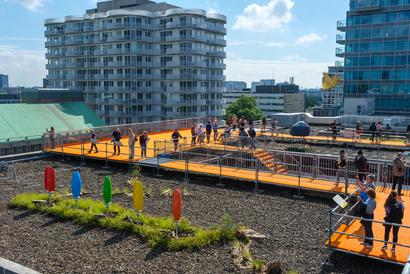
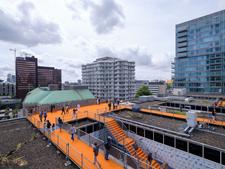
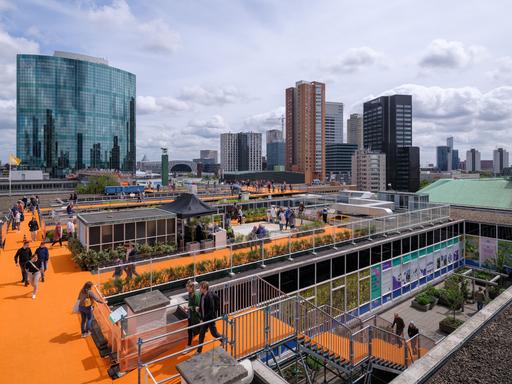
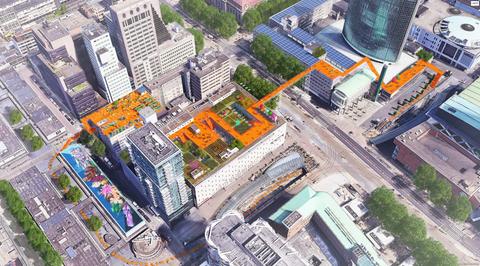
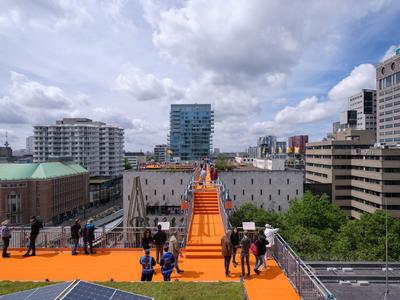

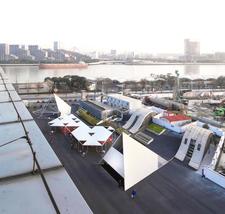

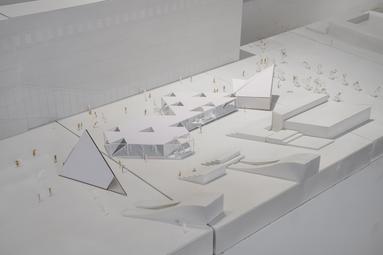
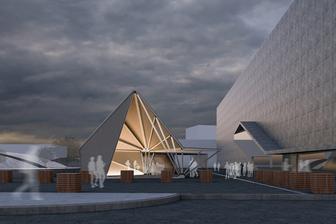
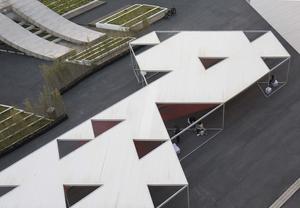
Existing abandoned spaced
Introducing new space on existing buildings
Multi- use flexible intervention on large open space
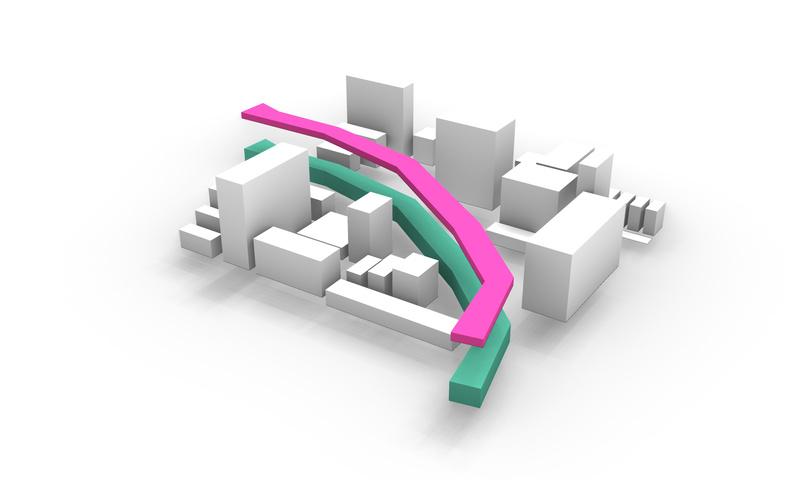
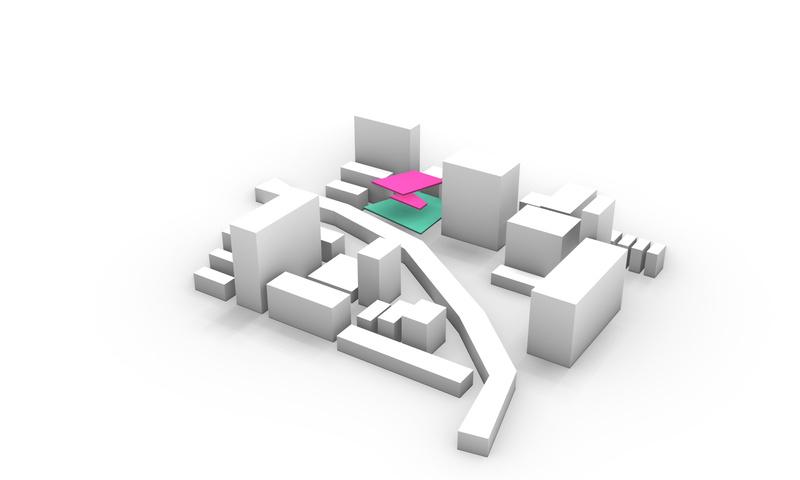
Modular mobile interventions to use in various areas
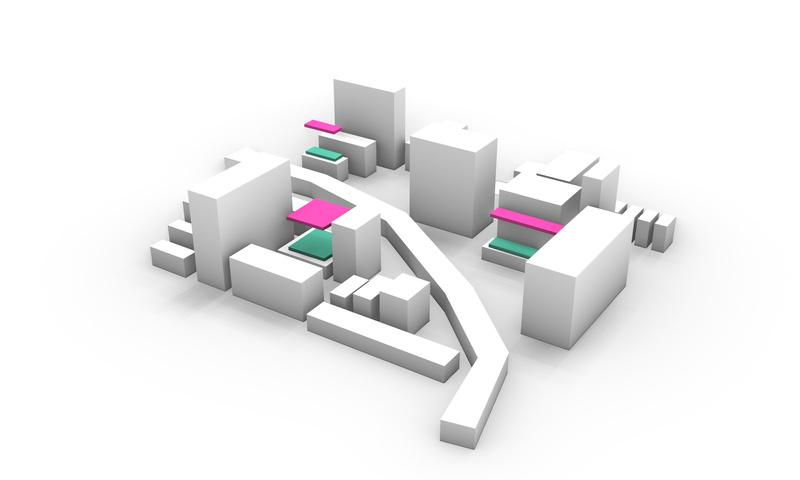
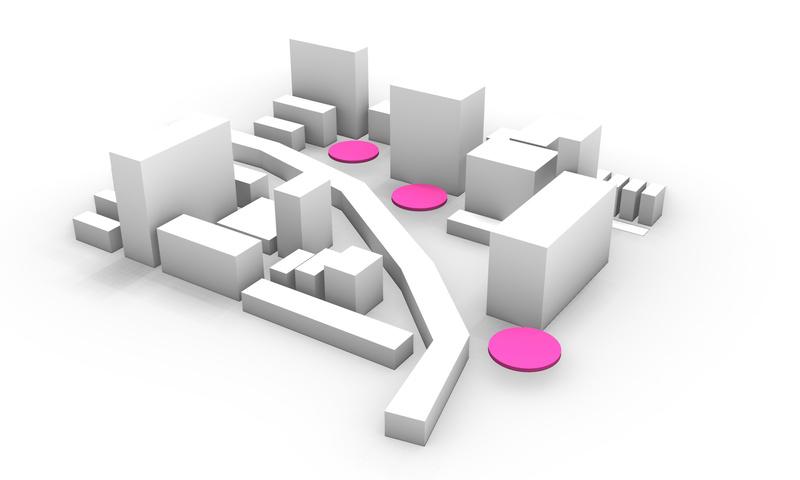
network of multi use- spaces on a network of closely spaced open plots
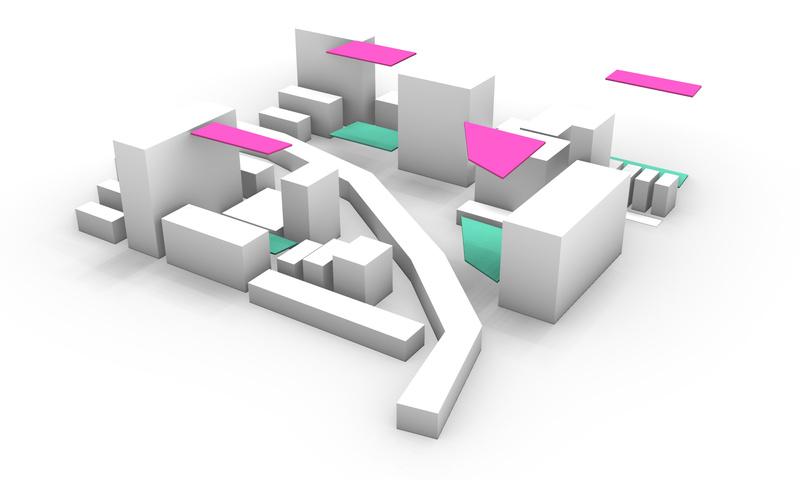
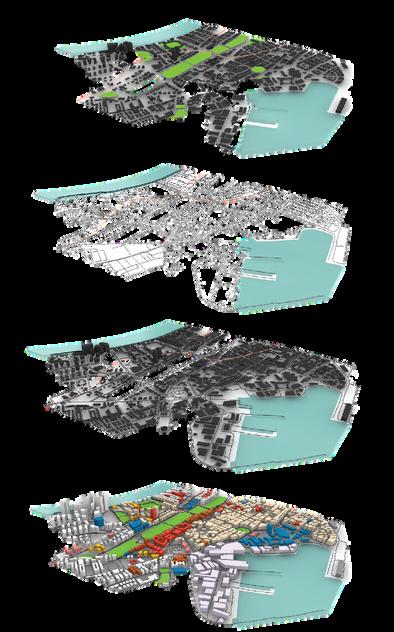
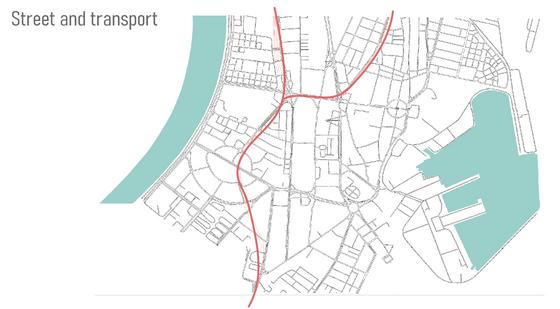
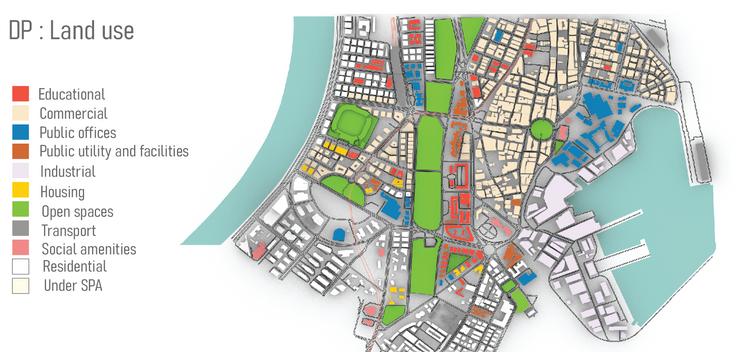
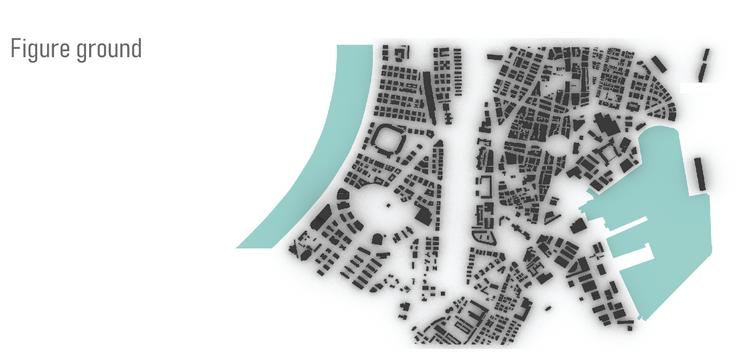
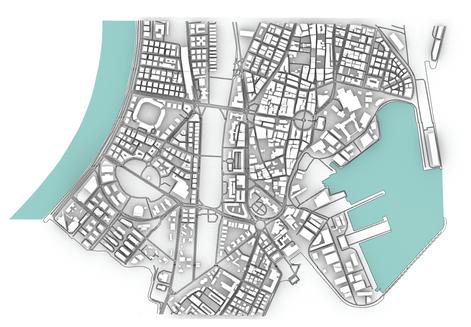
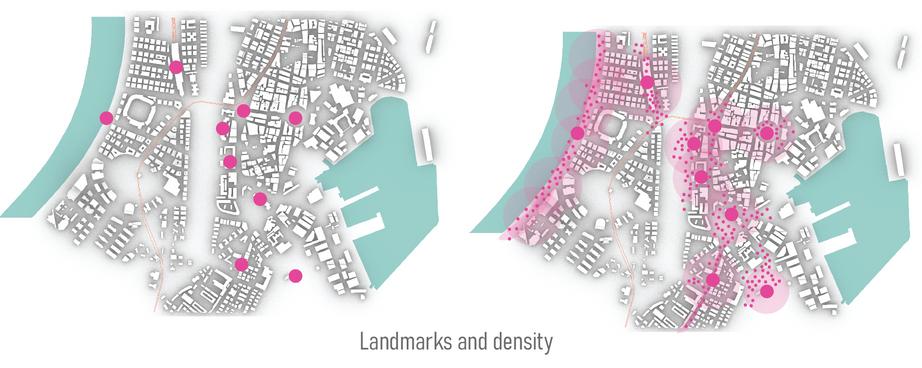

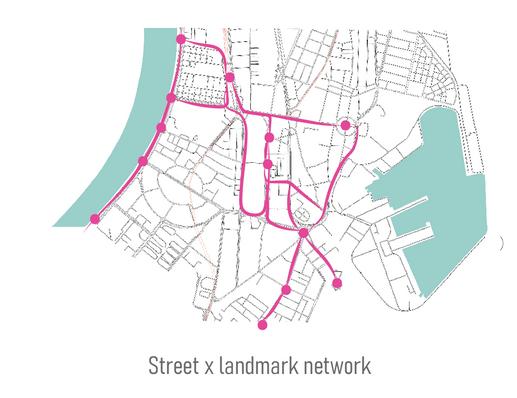
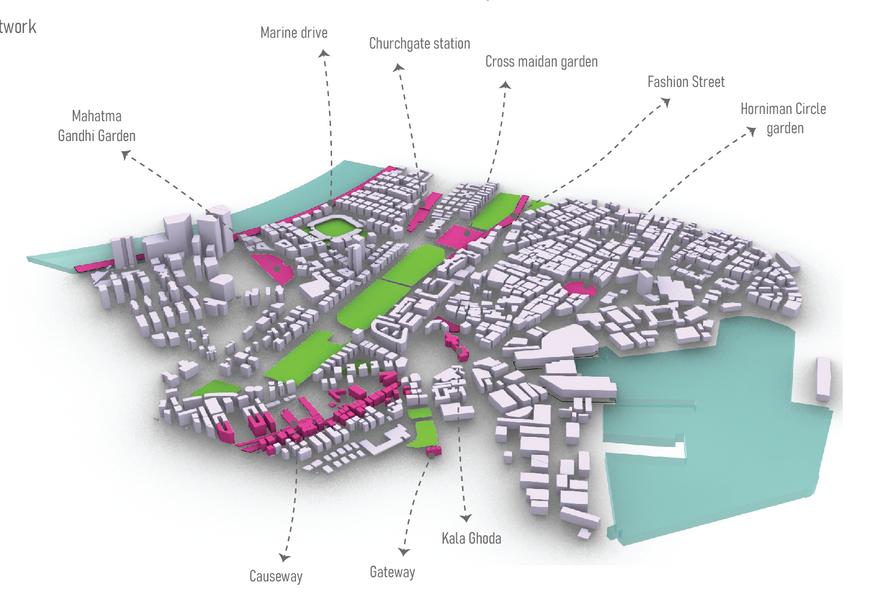
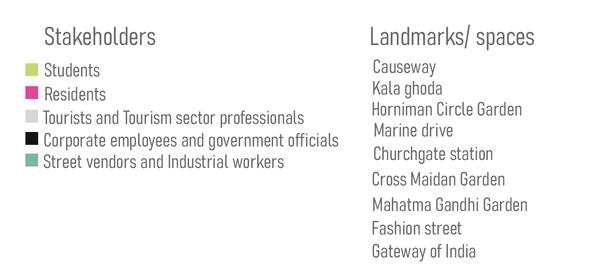
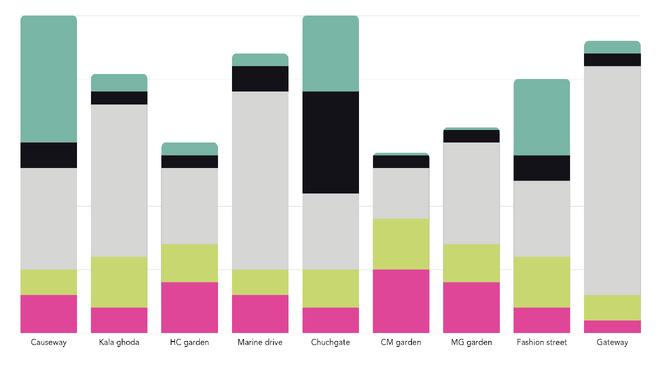
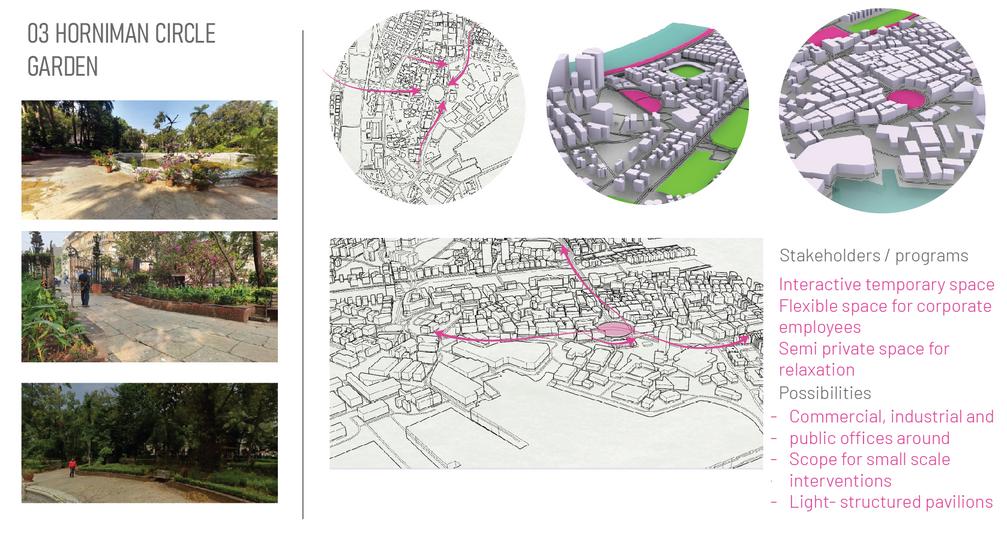
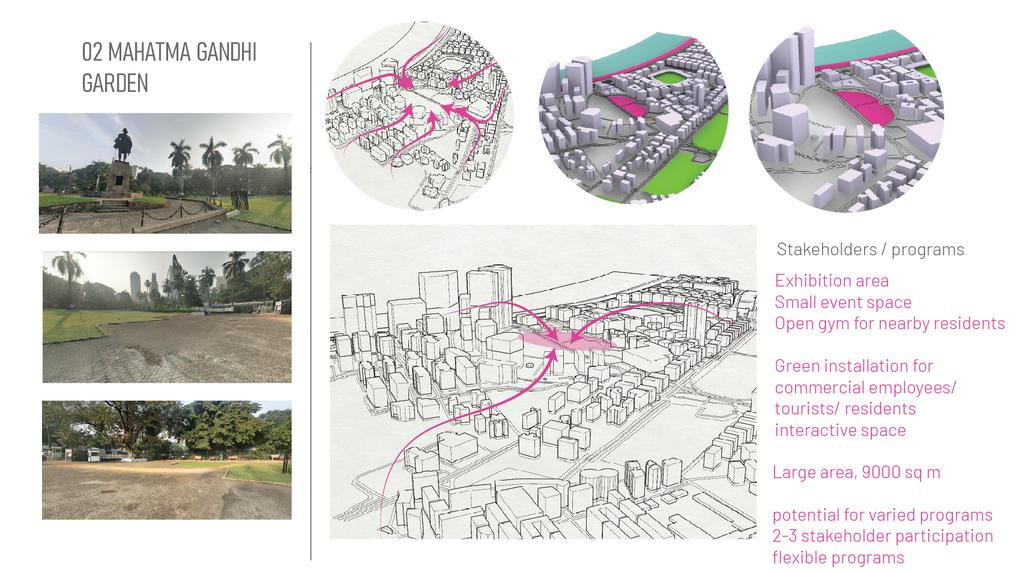
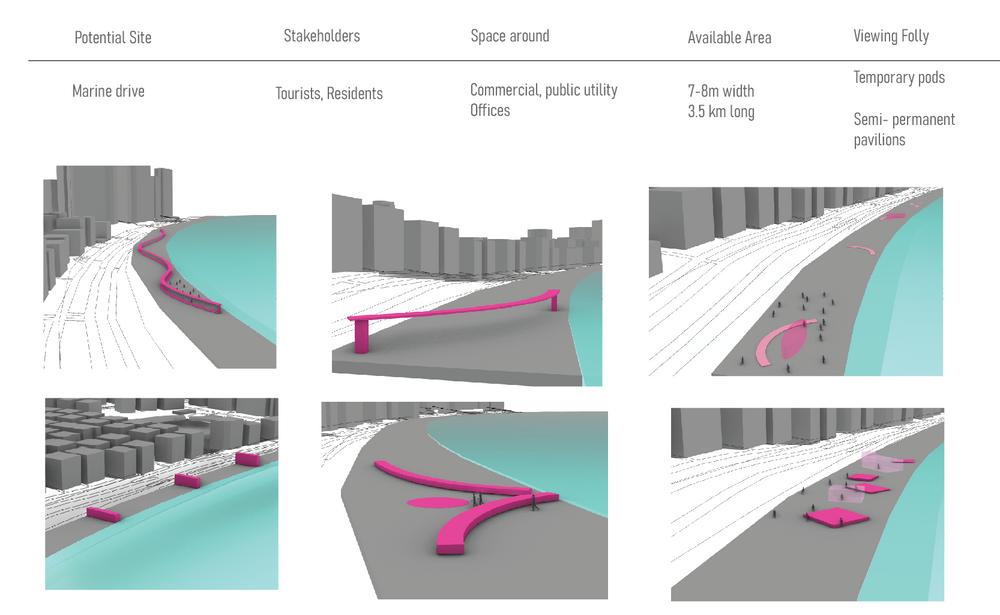
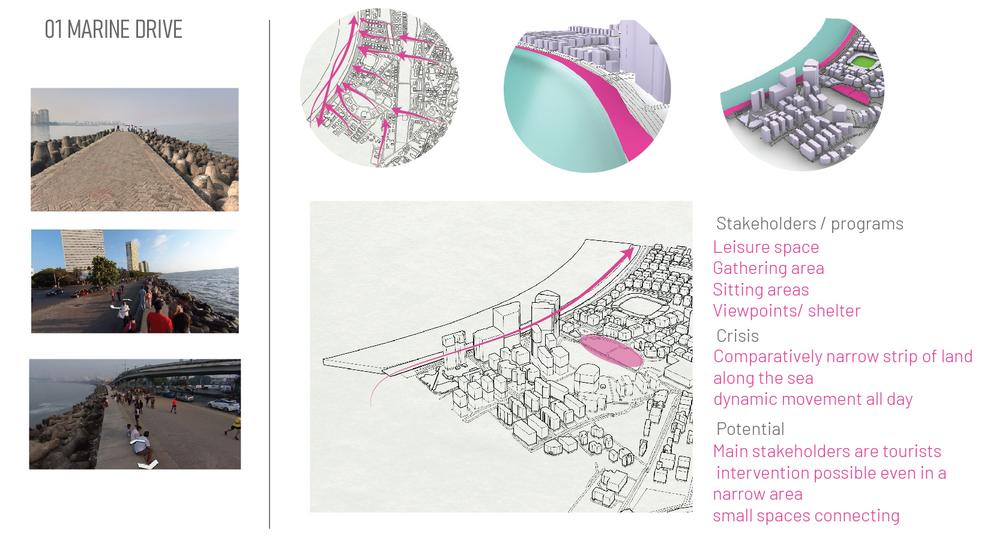

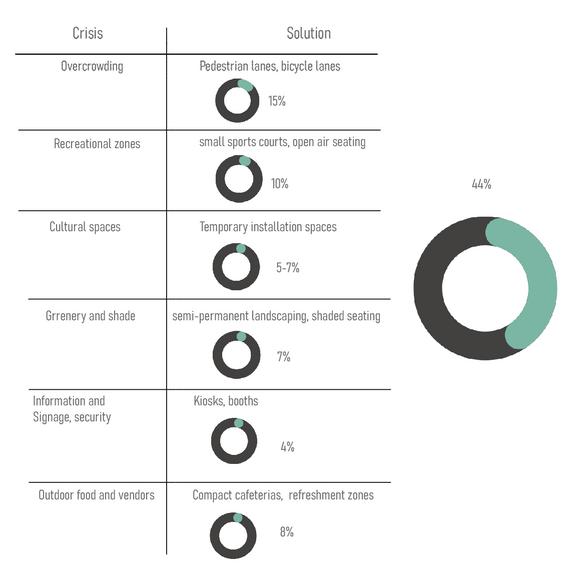
ASSEMBLY 1
ASSEMBLY 2
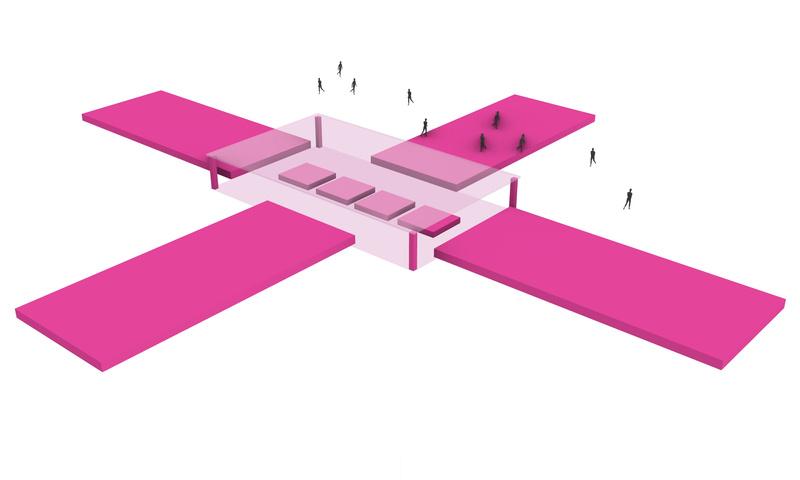
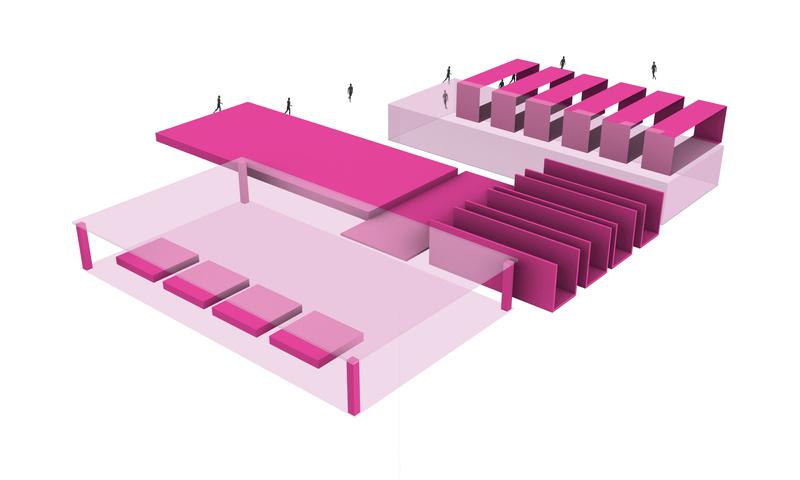
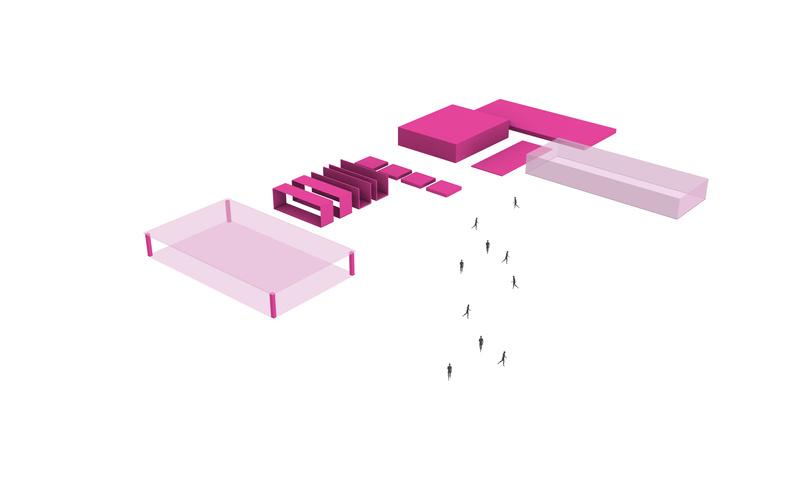
ASSEMBLY 3
